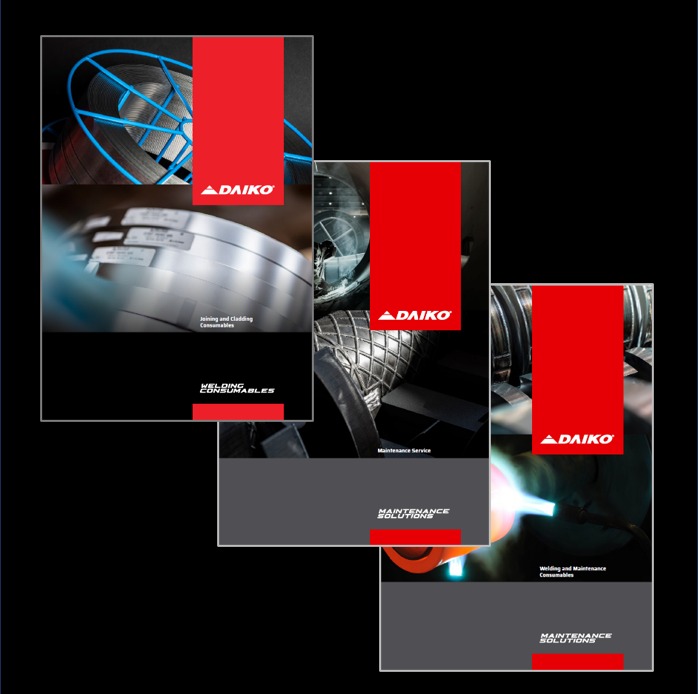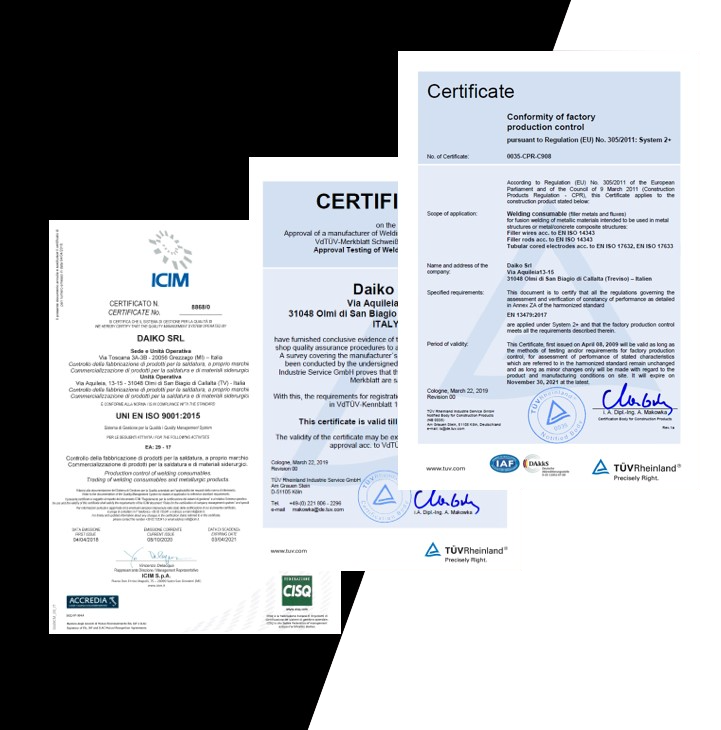- Home
- >
- All DAIKO products
- >
- TITANIUM ALLOYS
- >
- Gr. 1
Gr. 1
Application
Unalloyed Ti grade renowned for its peak ductility, cold formability, and impact toughness, coupled with exceptional resistance across a broad spectrum of media—from mildly reducing to highly oxidizing, with or without chlorides—and noteworthy weldability. As the lowest strength unalloyed commercially pure grade, it finds application in scenarios prioritizing ductility, including explosive cladding, loose linings, expanded metal, and deep drawing applications, with a key focus on the chemical industry. Tailored for applications like pump sleeves, rotary seal rings, wear pads, expeller screws, and bearing sleeves, it is also integral to electrolytic applications, serving as coated anode substrates for chlorine and sodium chlorate production. The resulting weld deposit, maintaining a hardness of 43–58 HRC even at temperatures up to 760°C, is ductile, ensuring excellent corrosion resistance and offering impressive weldability. Notably, it is suitable for hardfacing, delivering remarkable corrosion and abrasion resistance with minimal impact.
Alloy Type
Gr. 1 titanium, commercially pure.
Microstructure
Primary hypereutectic carbides (approximately 19%) are
found in in an austenitic type matrix.
Materials
Suitable for welding Titanium grade 1, 2, 3 and 4.
EN W.Nr.: 3.7025, 3.7035, 3.7055, 3.7065.
ASTM: Ti-Gr 1, Ti-Gr 2, Ti-Gr 3, Ti-Gr 4.
UNS: R504007, R50400, R50550, R50700.
EN W.Nr.: 3.7025, 3.7035, 3.7055, 3.7065.
ASTM: Ti-Gr 1, Ti-Gr 2, Ti-Gr 3, Ti-Gr 4.
UNS: R504007, R50400, R50550, R50700.
Welding & PWHT
Titanium, being a reactive metal, is susceptible to embrittlement by oxygen, nitrogen, and hydrogen at elevated temperatures. As a result, safeguarding the metal from atmospheric contamination becomes crucial. This protection is achieved by shielding the metal with welding-grade inert gas. Throughout arc welding, it is imperative to maintain this shielding until the titanium has cooled below about 430°C. To ensure optimal welding conditions, the titanium metal itself must be free of thick oxide and undergo thorough chemical cleaning Prior to welding initiation. Contamination from oxide, water, grease, or dirt can also lead to embrittlement. For titanium welding rods, ensure they're clean and free of heavy oxide, moisture, grease, and dirt. Cleaning between passes is usually unnecessary if the weld bead stays bright and silvery. Discoloration like straw or light blue can be removed with a stainless steel wire brush. However, contaminated weld beads with dark blue, gray, or white powdery discoloration must be completely ground off. The joint requires meticulous preparation and cleaning before proceeding with additional welding.
Products of the line Gr. 1
| Product name | Process | AWS specifications | EN ISO specifications | |
| DAIKOWT Ti 1 | GTAW |
AWS A5.16
ERTi-1 |
- | |
| DAIKOWM Ti 1 | GMAW |
AWS A5.16
ERTi-1 |
- |


